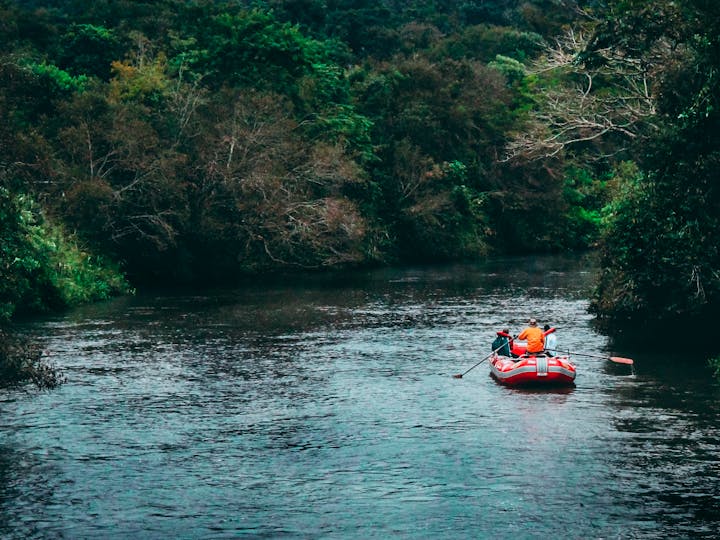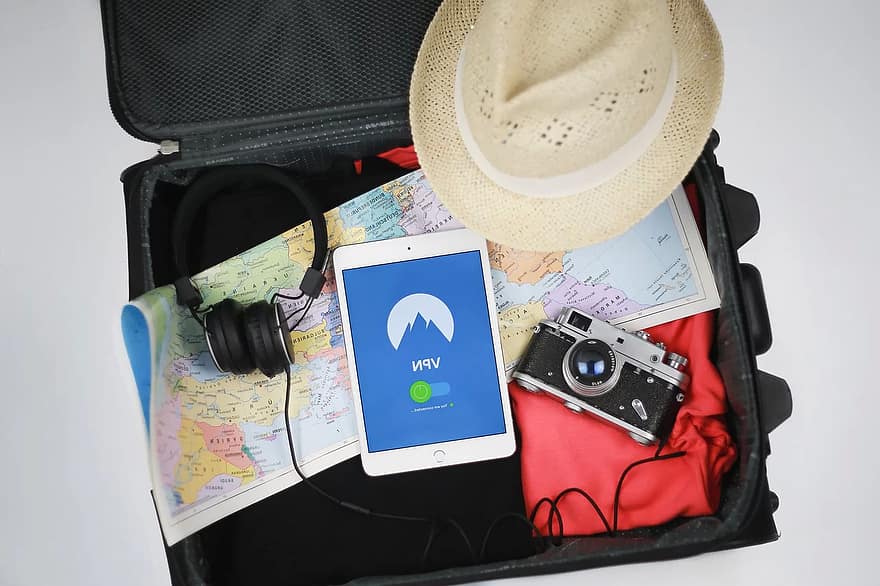Latin America is built on contrast, coastlines and highlands, pace and stillness, city lights and jungle dark. You’re moving between worlds that somehow fit together: coral seas, wide-open pampas, old cities full of colour.
The region’s luxury isn’t about retreating from life; it’s about being pulled further in. You climb, swim, wander, eat, rest, and start again. From the Caribbean’s warm edges to Patagonia’s raw south, there’s a pulse that never really drops. This is travel that keeps you awake, moving, and wanting to see what’s next.
Roatán, Honduras: Blue Water and Barefoot Comfort
Roatán’s energy sits somewhere between laid-back and lively. The island stretches long and thin off Honduras, surrounded by the reef that hums with colour. Days start early here, especially if you’re diving or heading out fishing before the sun turns heavy. Locals move fast, boats pass close, and the air smells like salt and diesel.
A trip to Roatán, Honduras all-inclusive resorts gives you a base, easy breakfasts, cool pools, and time to plan the next outing. But most people end up drifting off to West End or West Bay, where you can snorkel right from the sand.
Evenings are louder with music spilling from beach bars, everyone walking barefoot between one and the next. Roatán’s charm isn’t quiet luxury, it’s how good life feels when it’s simple and interactive.
Costa Rica: Wild Days, Smooth Edges
Costa Rica keeps you moving without ever feeling rushed. One morning you’re crossing a hanging bridge in thick rainforest, the next you’re riding waves on the Pacific side or climbing into volcanic hot springs.
Everything feels close together, yet each stop has its own energy. Roads bend through misty hills and tiny villages where fruit stalls spill onto the street. The comfort here lies in how easy it is to shift gears where you adventure first, then relax in a hammock later.
The lodges tucked into the jungle or by the beach blend luxury with immediacy: clean sheets, ceiling fans, strong coffee, and open air. You can fill every day or leave space for detours; it works either way. There’s energy in the air, but it’s friendly, never forced. It’s the kind of place where a long day doesn’t drain you, it just makes you want one more.
The Galápagos Islands: Energy in Motion
A trip around the Galápagos never really pauses. You wake before sunrise, climb into a small boat, and head toward islands that shift shape and colour as you approach.
The days are full, hikes across lava fields, snorkelling beside turtles, watching blue-footed boobies dive so close you can hear the splash. Breathtaking trips to Galapagos aren’t about stillness; they’re about being in constant movement without rush.
Meals happen between crossings, wet hair and sand still clinging to your legs. Guides lead with purpose, keeping an eye on currents and time. The evenings slow only when the light disappears and everyone drifts to quiet conversation.
There’s comfort, sure, but it comes from being part of the rhythm, a mix of sea spray, footsteps, and sudden wildlife encounters. The days blur, full and steady, and you leave feeling wide open to the world again.
Peru: Height, History, and Motion
Travel in Peru feels like being in constant transition with the altitude, scenery, and time zones of culture shifting around you.
The Andes demand attention, and so do the cities below. Lima pulses with noise and food; Cusco hums with old stone streets and early-morning markets. You move fast here, often before dawn, chasing light or catching narrow trains into the Sacred Valley. But it never feels hectic, just full. Every step builds on the last, a climb, a meal, a conversation with someone selling coca tea on a corner.
The luxury isn’t in slowing down; it’s in being absorbed. You taste, breathe, and walk more than you planned. Evenings bring calm: blankets, tired legs, air that cools fast. Peru doesn’t wait for you to find its rhythm; it hands it to you and keeps going. You follow because that’s what the country expects.
Patagonia: The Wild Edge of the Map
Patagonia feels made for movement. The distances stretch out, the air bites, and the landscape shifts before you can take it all in. Travellers arriving for stunning Patagonia luxury experiences often expect calm, but most end up caught in its pace, long drives across open plains, hours of hiking, and the steady hum of wind against the car roof. The lodges act like small anchors, fires glowing at dusk, soft beds waiting to warm tired muscles.
But the pull is always outside. Glacier trails, mountain passes, ferries slicing through cold blue water, everything asks for effort, and that’s where the pleasure lives. You don’t just visit Patagonia; you work with it. The reward isn’t rest but clarity, a horizon that swallows thought, light that never settles. It’s travel stripped back, raw and clean, where the wild still feels entirely its own.
Is Wild Luxury the Real Thing?
The idea of luxury changes when you travel through Latin America. It’s not about stillness or ease, it’s about feeling alive in the middle of it all. A trip to Roatán gives you salt and sound. Patagonia tests you and hands back something cleaner. The Galápagos keeps you alert, never still.
Across every border, the energy shifts, but the thread holds, movement, connection, and real contact with the world around you. These places don’t offer escape. They give you experience, unfiltered and unscripted. Maybe that’s the real definition of luxury: being exactly where you are and aware of it.

